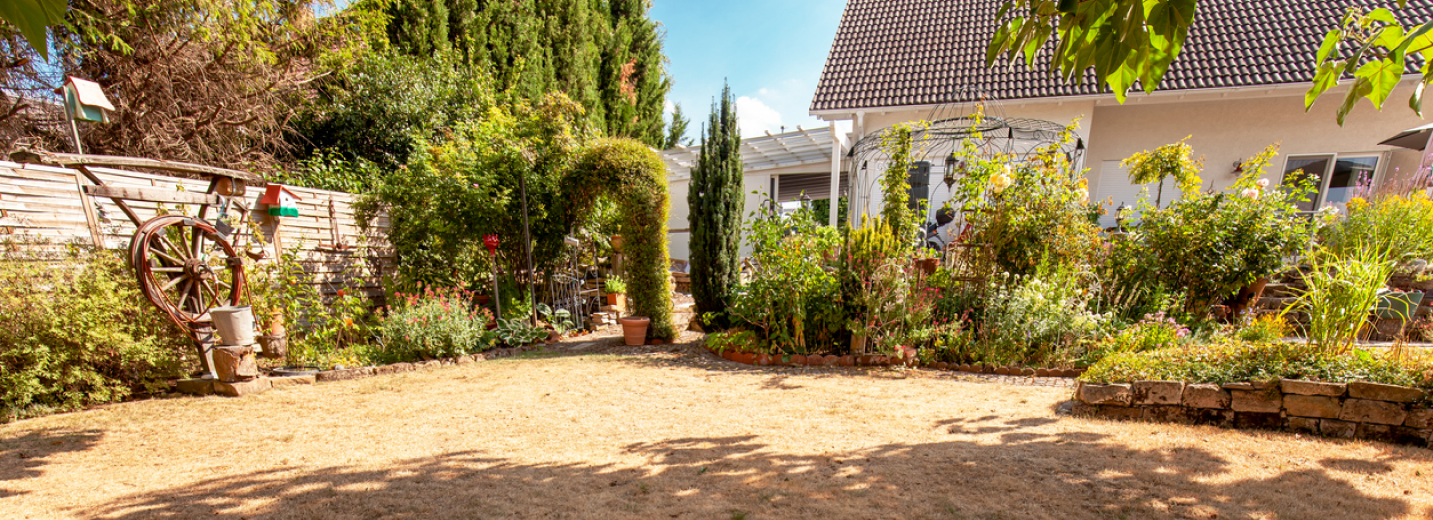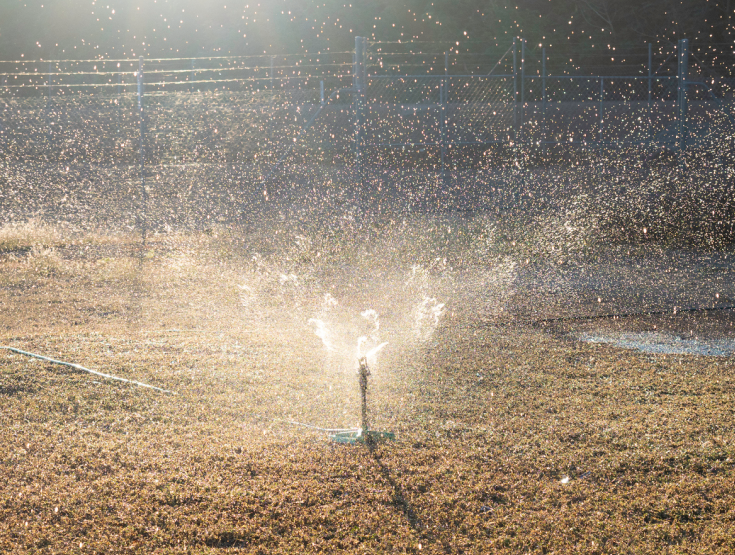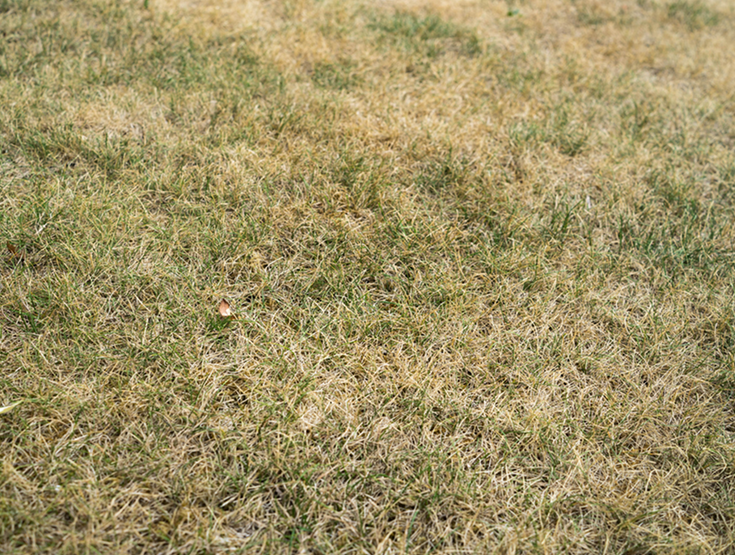When the summer heat sets in and watering restrictions tighten, drought-resistant grass can be the difference between a crispy brown patch and a lush, resilient lawn. While no grass can thrive indefinitely without water, some varieties are specifically bred — or naturally evolved — to flourish with far less, making them more drought-tolerant than resistant. For homeowners in dry or water-conscious regions, these tough turfs offer a smart solution: lasting curb appeal while lowering skyrocketing water bills and lessening constant upkeep.
Opting for drought-tolerant grass means saving water, reducing maintenance and keeping your lawn healthier through long, dry spells. It also means quicker recovery once the stress of the heat and dry conditions subside, providing a greener lawn for more days than not. Deep-rooted varieties pull moisture from farther below the surface, allowing you to water less often. Their slower growth during hot, dry periods means less mowing — freeing up your weekends from lawn chores.
At TruGreen, we make water-wise lawn care easy. Our expert lawn care plans are tailored to your region and paired with treatments like Lawn Stress Guard, which helps reduce moisture loss, strengthen roots and maintain health even in extreme heat. Whether you’re planting new seed or upgrading your existing lawn, TruGreen’s experts can help you choose the right turf and keep it healthy — no matter how dry the forecast looks.


 Branch Finder
Branch Finder













 Back to all blogs
Back to all blogs

Facebook
X
Youtube
Copy Link
Email